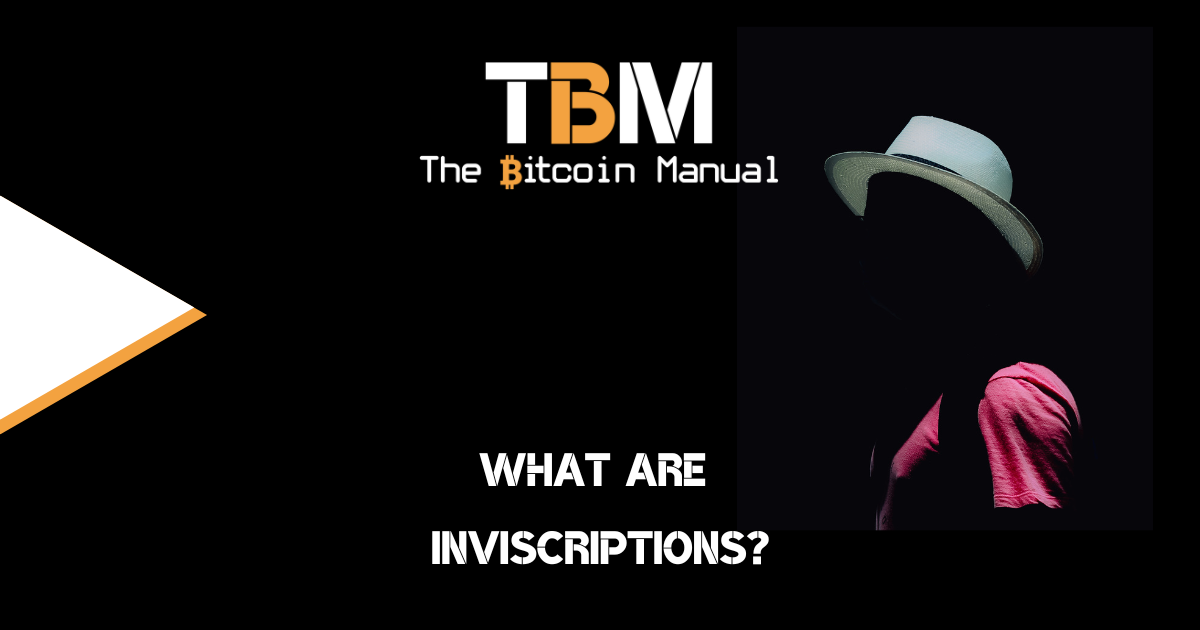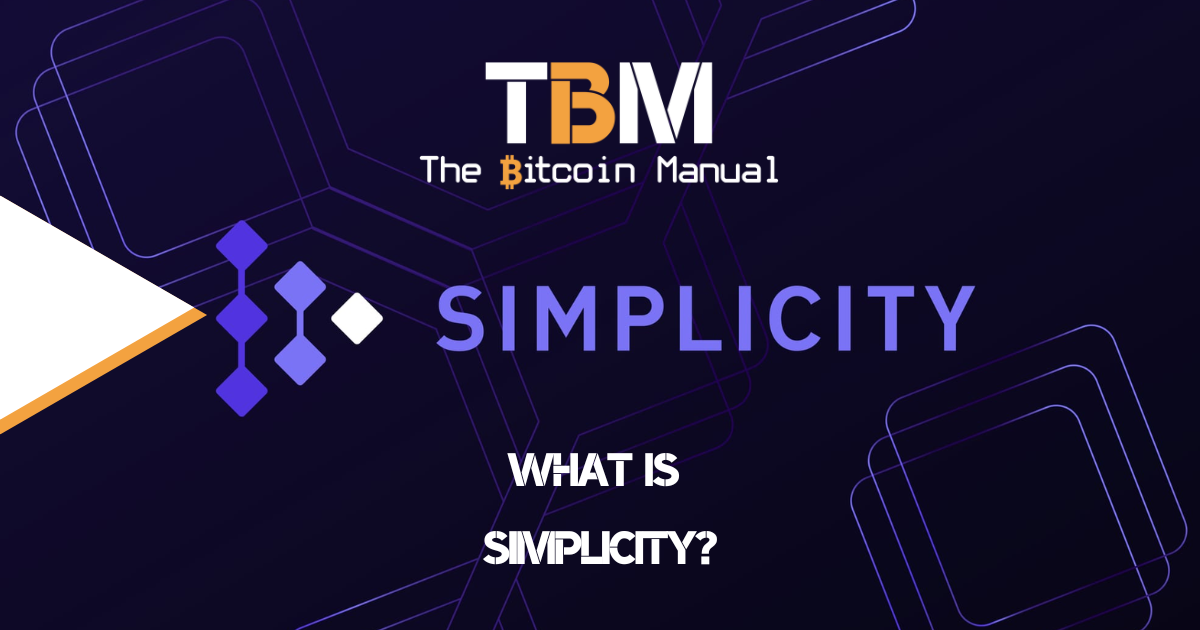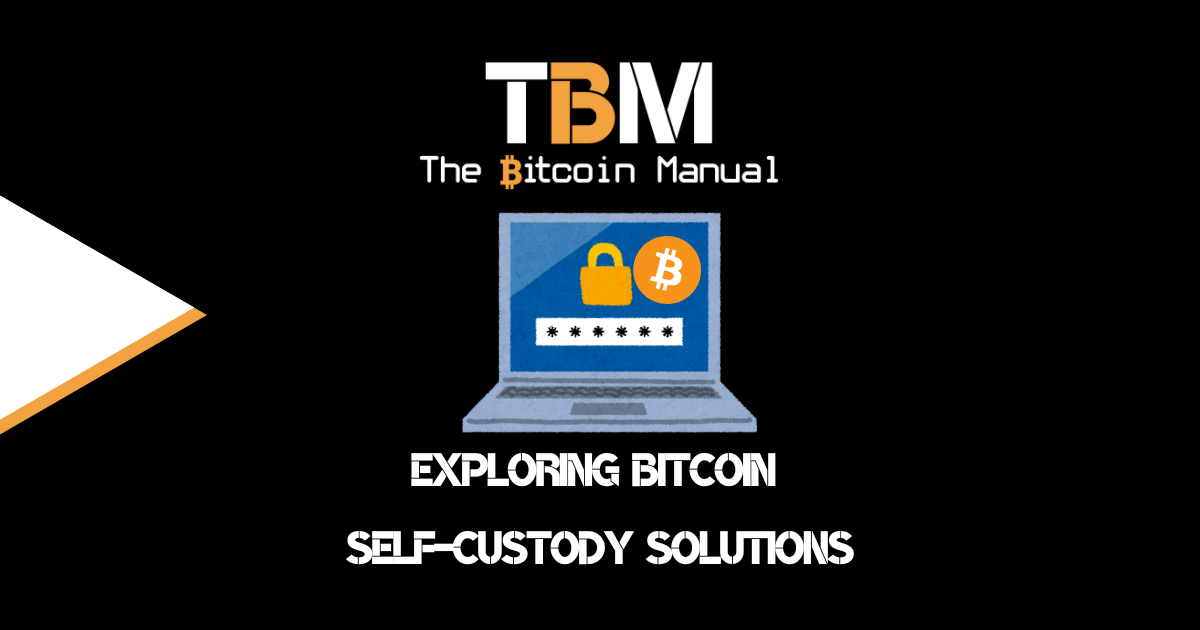Bitcoin is marketed by many as a decentralised and censorship-resistant network that is committed to transaction finality. As long as you pay the fees and broadcast your transaction, you will see it added into the next block or a few blocks after that, depending on how busy the network is and how competitive your transaction fee is relative to others who want that block space.
Bitcoin has over a decade of adding blocks without fail and will continue to do it, bar some systemic failure or abandonment of the network. Since Bitcoin is an open network, it doesn’t restrict anyone from making use of its censorship resistance and transaction finality.
Bitcoin can be used by everyday citizens, but it can also be used by criminals, hackers, terrorist groups, unfriendly countries and sanctioned individuals. This trait has brought much scrutiny, with governments and regulators labelling certain Bitcoin addresses and UTXOs as tainted coins, and placing them on sanction lists.
While anyone can label coins with their own arbitrary standard, there is very little, if anything, institutions can do to enforce restrictions on-chain.
Another contentious issue surrounding the unrestricted use of the chain is the emergence of Ordinals, which has sparked a fiery debate within the Bitcoin community, dividing people into two camps, the pro-ordinals and the anti-ordinals, leaving all of us with questions about the future of the network.
What are Ordinals?
Ordinals are secondary protocols that use the Bitcoin network to create a new form of transaction known as an inscription. These inscriptions can be used to create tokens or NFTs with the files and their data inserted directly onto the Bitcoin blockchain.
By leveraging an extension of the SegWit protocol, creators can embed data like images, videos, or even code into Bitcoin transactions. This new secondary market for unregulated securities opens up a new avenue for artists, collectors and mostly speculators, while it also raises concerns for many Bitcoin purists.
Why the resistance to Ordinals?
The opposition to Ordinals stems from several key concerns:
Clogging the Mempool
Ordinal inscriptions can be significantly larger than regular Bitcoin transactions, potentially leading to congestion in the mempool and higher transaction fees.
This consistently higher fee rate marginalises smaller transactions, making them uneconomical or less practical when you have to wait hours for the next block; this hinders network functions like opening and closing Lightning channels that facilitate fast and cheap payments and even push people to use other networks instead or avoid Bitcoin altogether.
Despite the enormous amount of fees Ordinals have generated, some see it as short-term gain at the expense of long-term growth. Catering the majority of block space to a niche market of speculators who could up and leave at the sign of a new trend is a precarious position.
Meanwhile, the total addressable market for global payments far outstrips the demand for speculating on JPEGS and JSON files.
Violation of Satoshi’s vision
Some purists argue that Ordinals stray from Satoshi Nakamoto’s original vision for Bitcoin, emphasising fungibility and neutrality. They believe injecting data into the blockchain dilutes the demand for the base asset, Bitcoin and introduces unnecessary complexity and regulatory issues.
Security concerns
The long-term impact of inscribing large amounts of data onto the blockchain is unknown. Some worry that Ordinals bloats the current blockchain, which reduces the time we have to find solutions like cheaper storage space and forces more users to run pruned nodes when using entry-level devices, which could introduce security vulnerabilities or unforeseen consequences for the network’s stability.
The Fightback: Filtering and Mining Resistance
The concerns surrounding Ordinals have led some full nodes to implement filters like Ordisrepsctor, preventing them from processing transactions containing Ordinal inscriptions and adding them to their local mempools.
Additionally, some miners choose not to mine blocks containing Ordinal data with a forked core client, Bitcoin Knots, further isolating these transactions from the network.
Neither of these filtering methods has kept Ordinals from adding new transactions to the chain, as there are nodes willing to add these transactions into their mempool and miners willing to accept the fees. It is more of a signal from these nodes and miners to the broader network of their stance on Ordinals.
Miners face a particular issue: if they ignore Ordinals, they leave money on the table that could help improve their business or the economics of their operation, leaving those fees to competitors. Meanwhile, those who support Ordinals in constructing their block templates can command a premium to slot these in, only further adding to fee spikes.
Despite these measures, Ordinals continue on, generating over 1900 BTC in fees, and show no sign of dissipating anytime soon. In fact, due to the hospitality towards these transaction types, we are seeing a pushback.
The Ordinals’ Response
The Ordinals community is not taking this lying down and clearly has deep pockets to make their point on-chain. They argue that Ordinals contribute to the network’s security by increasing its transaction fees and data size.
They also emphasise NFTs’ artistic and financial potential on the Bitcoin blockchain. At the same time, they claim that creating tokens through bidding for block space creates a far better distribution model than token issuances such as ICOs, IDOs, IEOs and the airdrop.
Use of Stamps on the Rise
As the threat of reducing Ordinals or even the suggestion of finding ways to prune these transactions after their validation continues to circulate, there’s been a concerted effort to find workarounds. One currently in use is STAMPS, which leverages bear or fake multi-sigs to store data, making them “unpruneable” as STAMPS have to be kept in every node’s UTXO set forever under the current rulesets.
As is the case with Ordinals, STAMPs can be filtered by nodes using updated settings to ignore these bare multi-sigs and reduce propagation on the network, but they cannot be stopped unless we expand the definition of “provably unspendable” to cover invalid pub keys)
they're multiplying 😒 https://t.co/3dFCpJXLsV pic.twitter.com/CfnhbsFEac
— mononaut (tx/acc) (@mononautical) December 14, 2023
Proposal for Inviscriptions
Another proposal for circumventing Ordinal filtering is Inviscriptions, where users would be able to hide the arbitrary data required for their inscription in a Bitcoin transaction’s witness in a way that the accurate plaintext data is only revealed after the transaction is mined.
Inviscriptions would use Script Cipher as a layer of encryption between arbitrary message data (e.g., an inscription) and a valid Bitcoin script bytecode. What Inviscriptions would achieve is allowing inscription users to bypass filtering, as nodes wouldn’t be able to distinguish the transaction from your average Taproot transaction.
The data is then embedded into the chain and only later revealed by using a translator transaction; while the translator could be blocked, it is rather pointless since the damage is already done with the Inviscriptions files already on-chain; they are only now being revealed through the translator transaction.
In summary:
- Inviscriptions: Hide arbitrary data within a Bitcoin transaction’s witness, only revealing it after the transaction is mined. This makes them difficult to filter or censor based on data type.
- Script Ciphers: A layer of encryption between data and valid Bitcoin script, making the data appear as normal script fragments.
- The Envelope Script: Encapsulates the encrypted data fragments and a spending condition, forming a single transaction.
- Commit, Ciphertext, and Translator Transactions: Three separate transactions used to create and reveal an inviscription.
- Fungibility: The ciphertext transaction is designed to be indistinguishable from a regular TapRoot transaction, making it hard to filter without also affecting normal transactions.
- Censorship Resistance: Even if the translator transaction is identified, the data is already on-chain and can be revealed off-chain.
- Alternative Embedding Methods: Data can be hidden in various parts of a transaction, making filtering challenging.
As is the case with Inscriptions, you would need to broadcast transactions on-chain, except an Inviscription would need a lot more resources as it needs at least three transactions:
- The commit transaction
- The ciphertext transaction
- The translator transaction
By trying to push out Ordinals through filtering, you’re only going to encourage users to move to options like STAMPs or Inviscriptions, which would result in an even more significant burden on the blockchain.
While Inviscriptions are not in use, the case for it argues that filtering inscriptions is futile as alternative methods will always emerge. And those looking to filter out Ordinals should rather adopt a laissez-faire approach, allowing inscriptions to run their course and fade out naturally.
What if blocks were full of standard transactions?
The argument for or against Ordinals mostly centres around the fees it now costs to use the Bitcoin network. Still, if there were traditional transaction demand for block space that would match Ordinals, we would find ourselves in the same position.
There have always been fee spikes in Bitcoin, and going on-chain will continue to command a premium as more people wish to use the network.
Shouldn’t the focus be on building out scaling solutions that allow people to transact trustlessly without having to compete for block space every time they want to make a transaction? Would Ordinals be such a problem if we had better non-custodial on-ramps and off-ramps?
Isn’t this just training for what the Bitcoin network will be like in the future, and should we use this high-fee environment to focus on L2 investment and adoption?
A Crossroads for Bitcoin
Whether Ordinals will become a permanent fixture of the on-chain landscape, move to L2s like Liquid and Lightning, or fade into obscurity remains to be seen. The coming months and years will likely witness further technical advancements and community debates, ultimately shaping the path of this technology as we saw in the block-size wars.
The Ordinals debate highlights a fundamental question about the future of Bitcoin: will it remain a purely monetary system, or will it evolve to accommodate new applications and functionalities?
This discussion will continue for years without easy answers or straightforward solutions.
Do your own research.
If you want to learn more about Inviscriptions, use this article as a jumping-off point and don’t trust what we say as the final say. Take the time to research, check out their official resources below or review other articles and videos tackling the topic.




